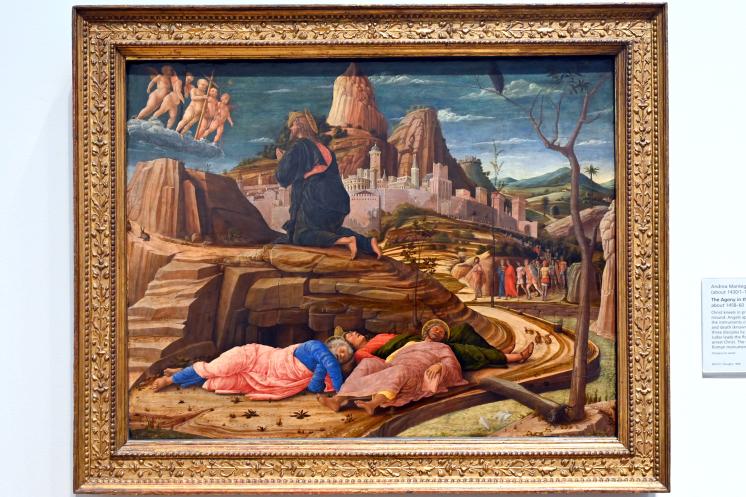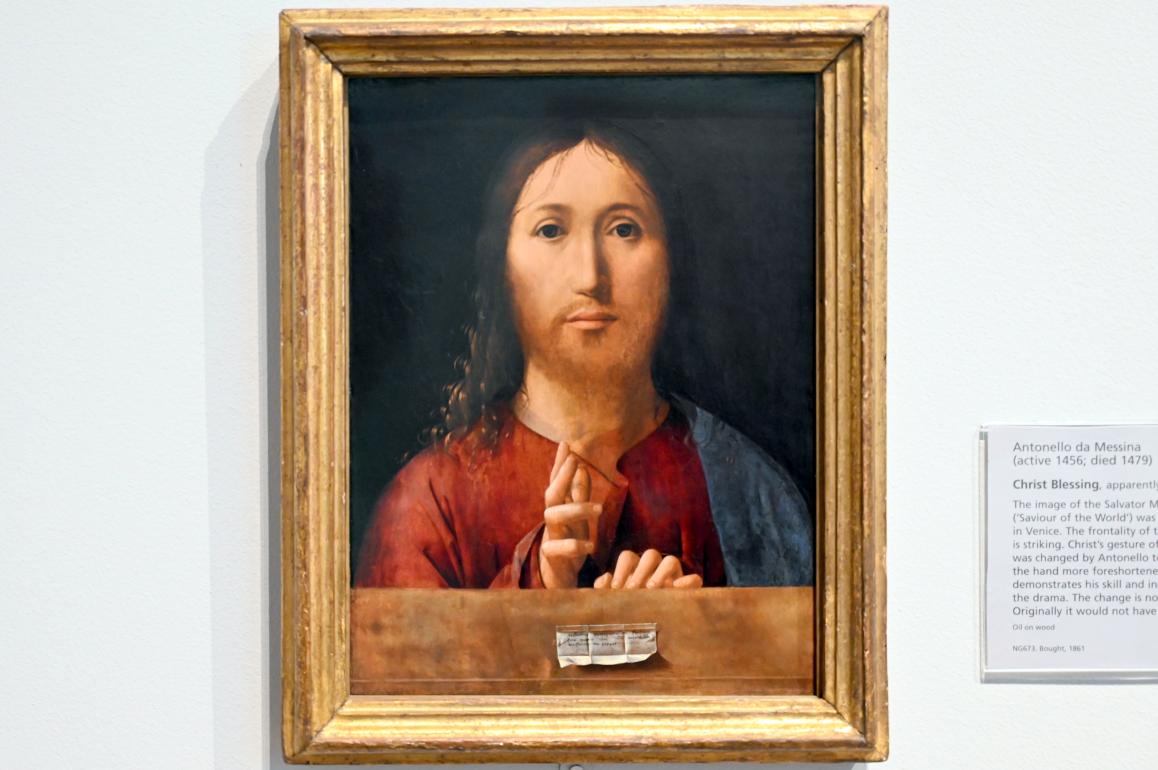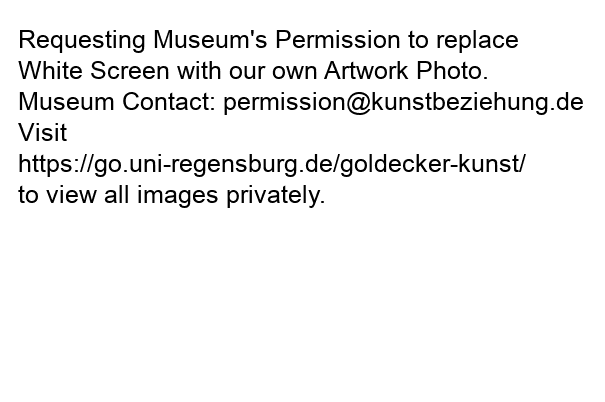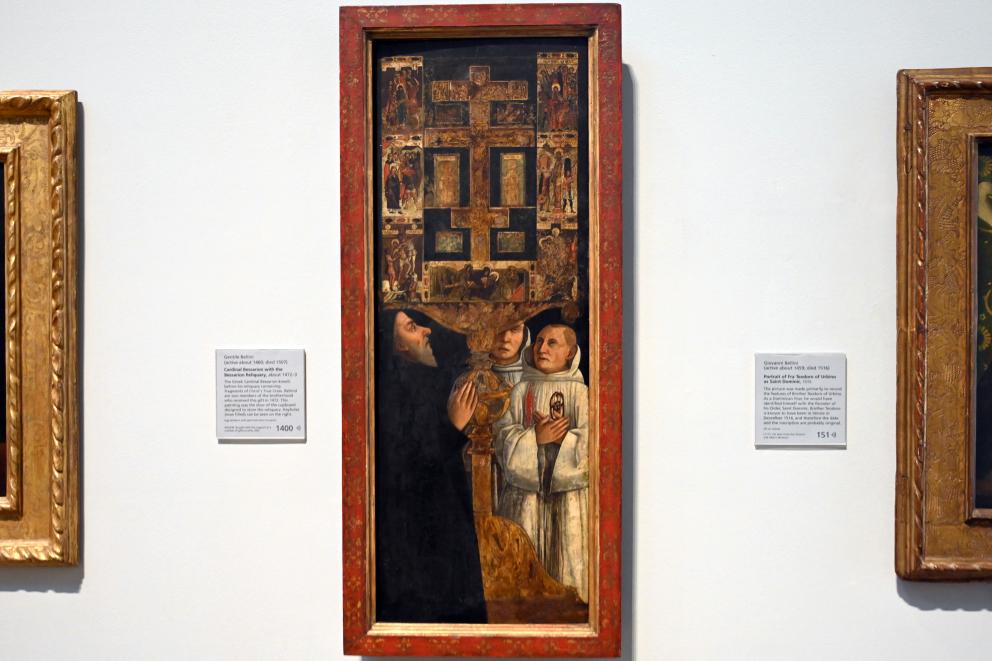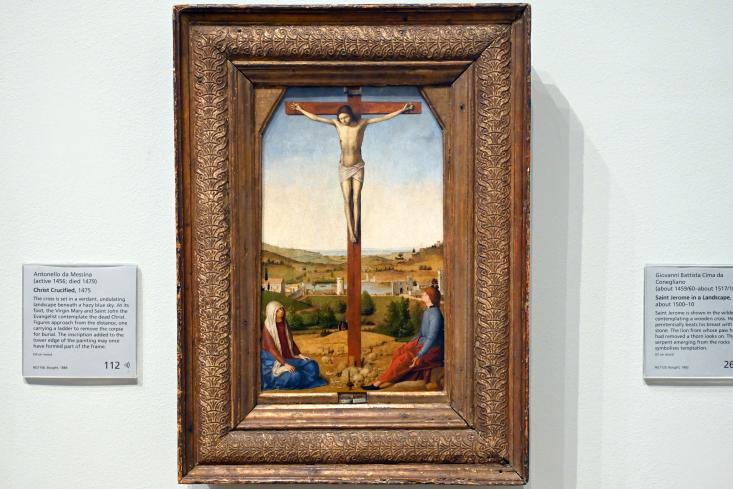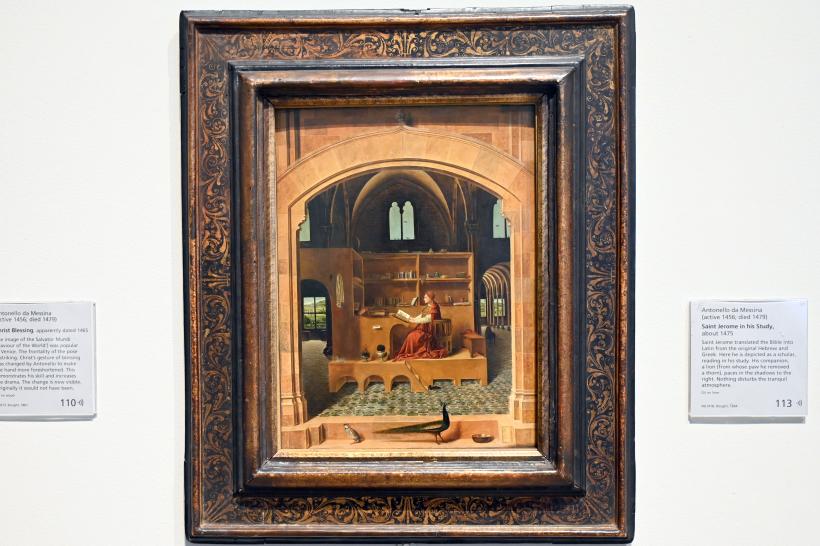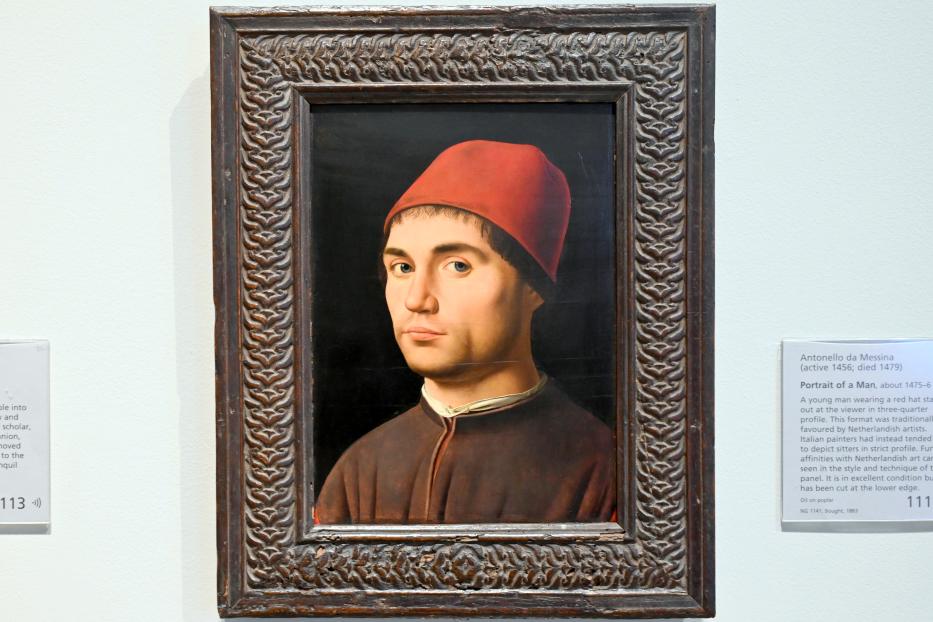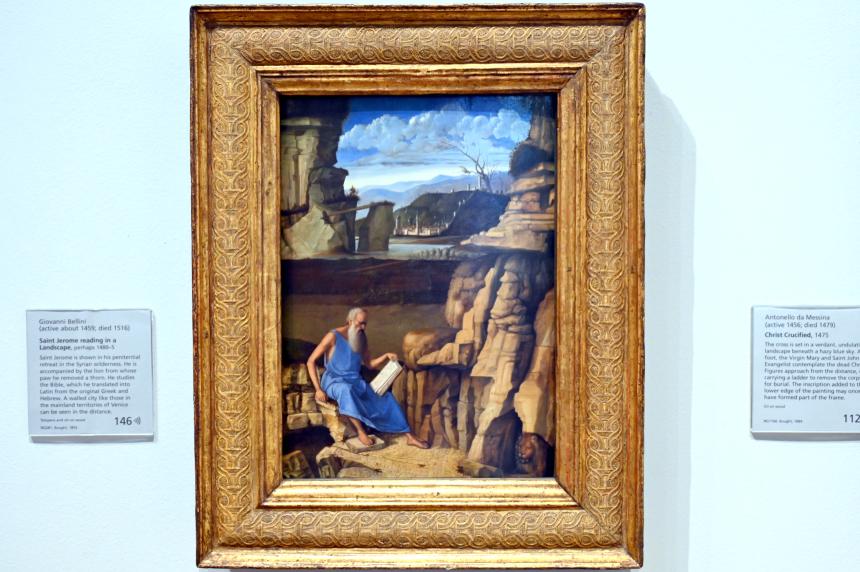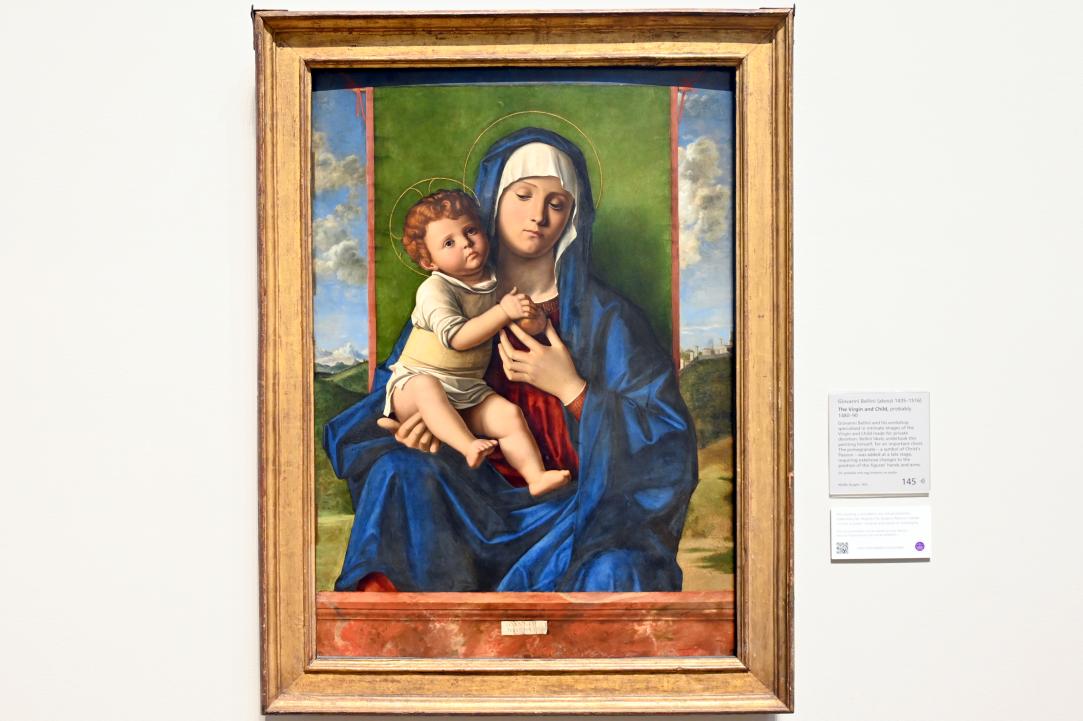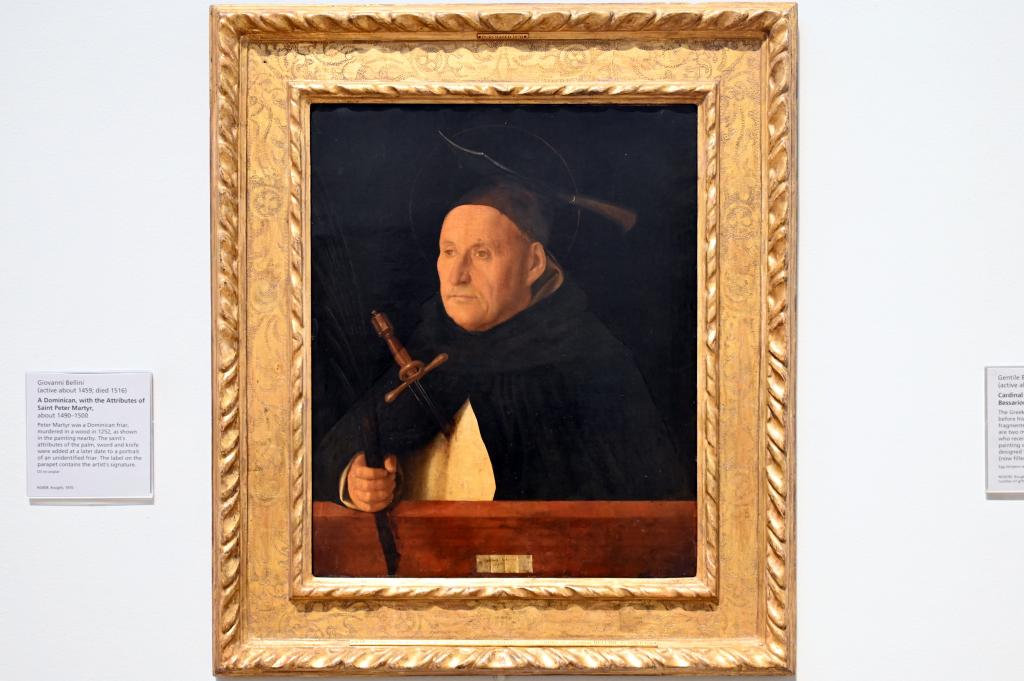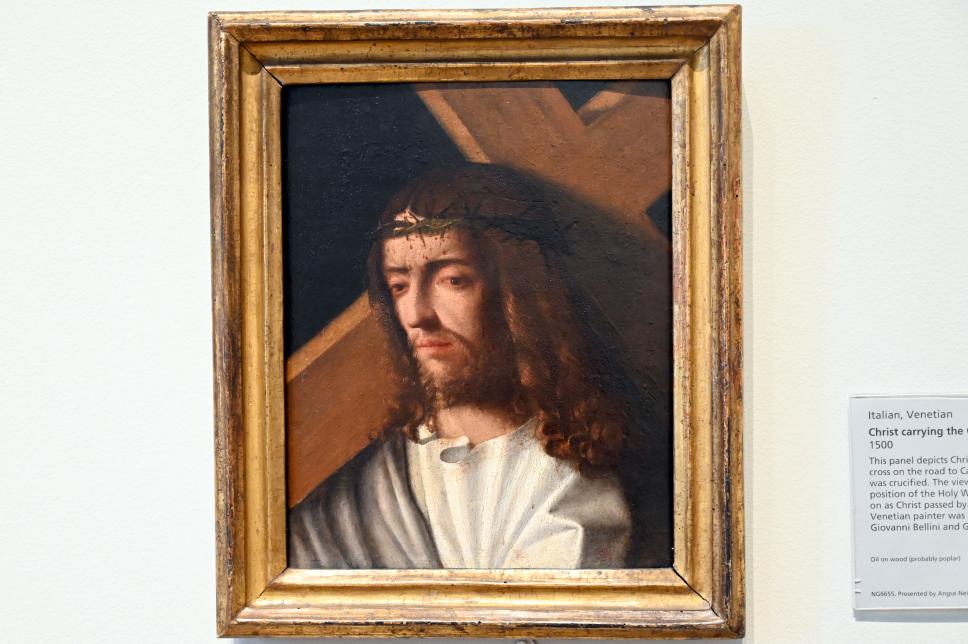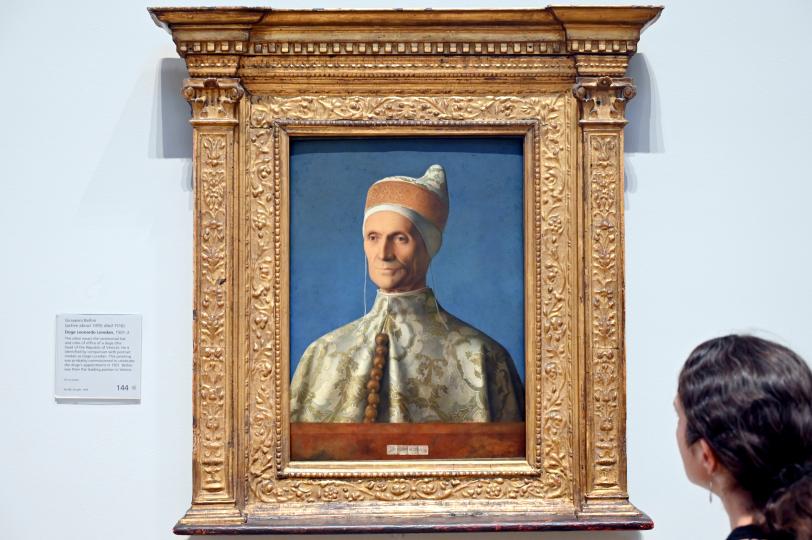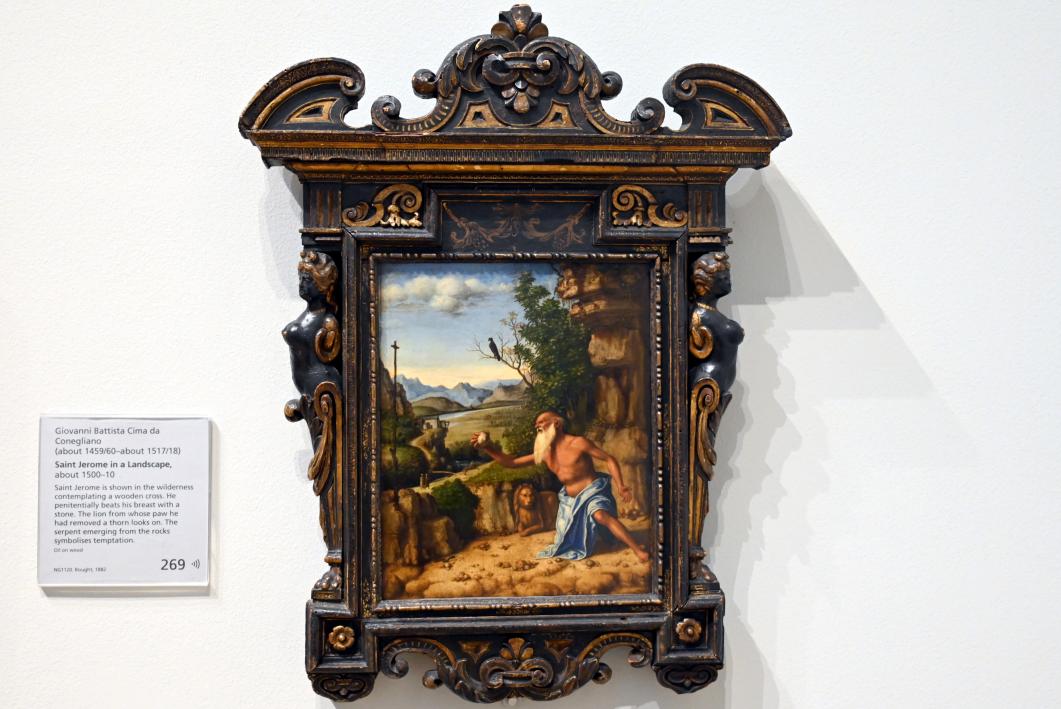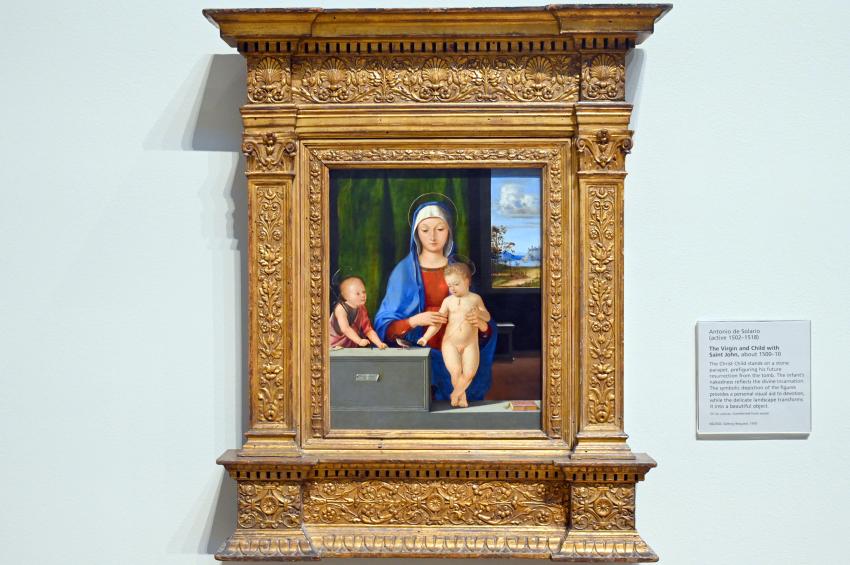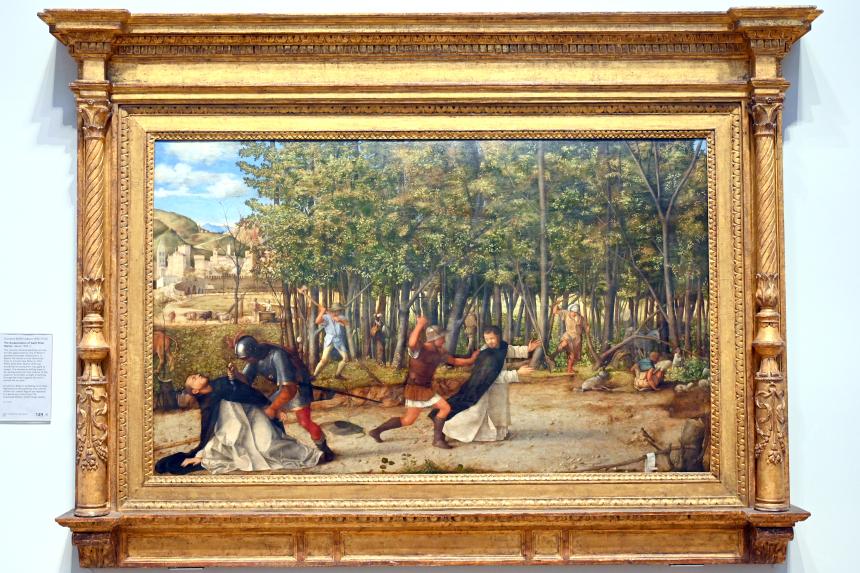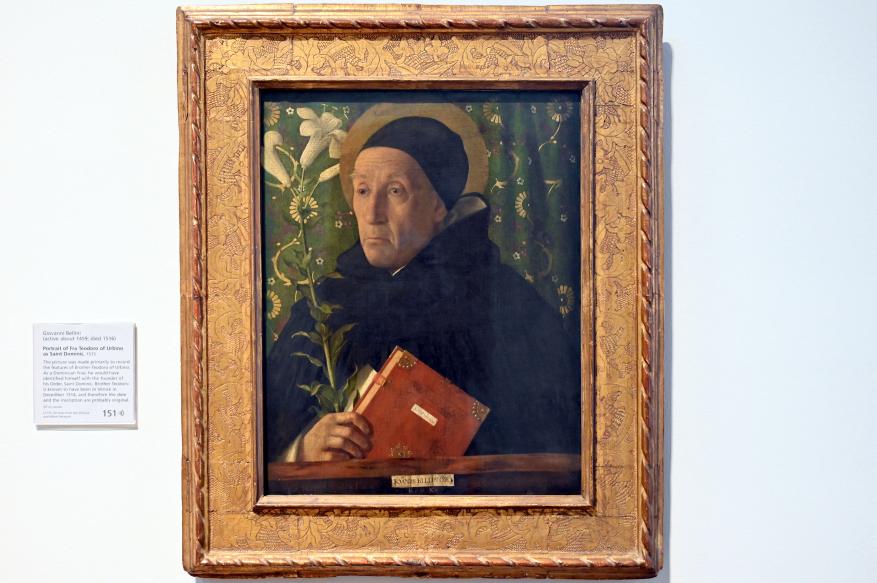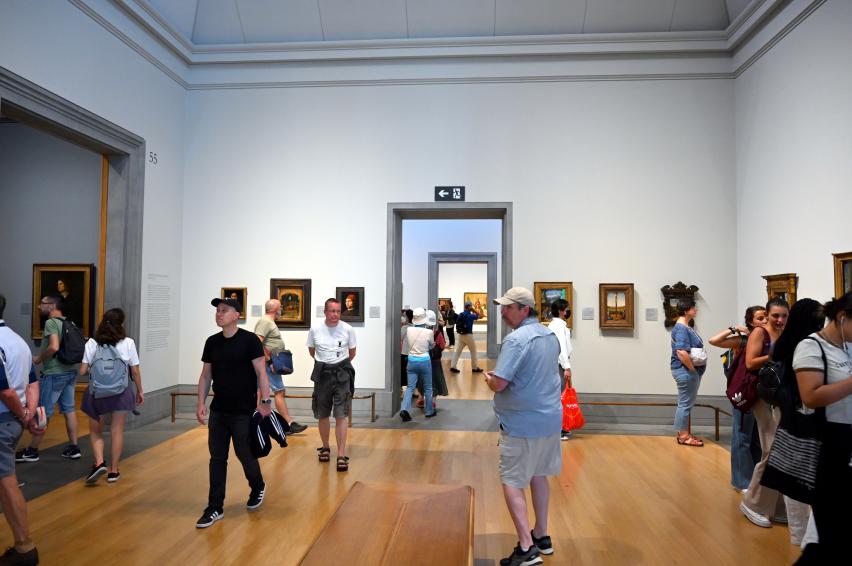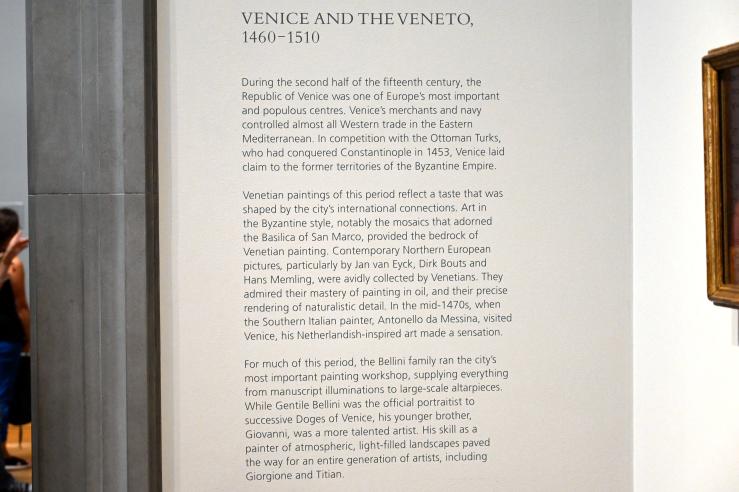Position London, National Gallery
Bedeutende Künstler in London, National Gallery, Saal 55 (1459–1515)
Künstler in London, National Gallery, Saal 55
Antonio Solario (lo Zingaro)
um 1465 Civita d'Antino - um 1530 Neapel
Giovanni Battista Cima (Cima da Conegliano)
um 1460 Conegliano - um 1517/1518 Conegliano
London, National Gallery, Saal 55 (Inventar-Nr. NG1417)
um 1458–1460
London, National Gallery, Saal 55 (Inventar-Nr. NG1233)
um 1460–1465
London, National Gallery, Saal 55 (Inventar-Nr. NG726)
um 1465
London, National Gallery, Saal 55 (Inventar-Nr. NG6590)
nach 1472
London, National Gallery, Saal 55 (Inventar-Nr. NG1166)
1475
London, National Gallery, Saal 55 (Inventar-Nr. NG1418)
um 1475
London, National Gallery, Saal 55 (Inventar-Nr. NG1141)
um 1475–1476
London, National Gallery, Saal 55 (Inventar-Nr. NG281)
um 1480–1485
London, National Gallery, Saal 55 (Inventar-Nr. NG280)
um 1480–1490
London, National Gallery, Saal 55 (Inventar-Nr. NG808)
nach 1490
London, National Gallery, Saal 55 (Inventar-Nr. NG599)
um 1500
London, National Gallery, Saal 55 (Inventar-Nr. NG189)
1501–1502
London, National Gallery, Saal 55 (Inventar-Nr. NG1120)
um 1500–1510
London, National Gallery, Saal 55 (Inventar-Nr. NG2503)
um 1500–1510
London, National Gallery, Saal 55 (Inventar-Nr. NG812)
um 1505–1507
London, National Gallery, Saal 55
Alle Kunstepochen in London, National Gallery, Saal 55
